Product Description
(This module is included in the System B)
Wave shaping is a door to a world of distortion and overdrive effects. Moreover, a waveshaper is rather more general and versatile than a distortion unit. This comes at the cost of the ease of use.
While analog wave shaping has the advantage of being aliasing free. To a sound designer, aliasing it self can be advantageous in adding in-harmonic dirt into a timbre. Together with the overtones generated, it can be a powerful tool specially when you have extensive control over the amount of aliasing. Which is the case with SoloRack’s oversampling engine.
The S607 has two modes of operation. Soft and Hard. Both modes can be used to process both audio and CV.
Soft Mode:
The input waveform is divided into three sections. An upper part, a lower part and a middle. Any voltage above Div (upper part) is amplified (or attenuated) by the +A Knob/CV. And any voltage below –Div (lower part) is amplified (or attenuated) by the -A Knob/CV. The middle part is where the input waveform remains untouched. This middle part lies in any voltages between -Div and Div. Where Div is between 0V to 1V. Note that both +A and -A can be negative which would flip the waveform.
This is the least aliasing mode. Audible aliasing can be controlled or even eliminated with oversampling. Here are two examples of a sin wave fed into the waveshaper on soft mode. Div is set to 0. The lower section is being attenuated and then inverted.
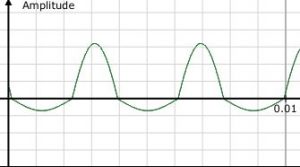
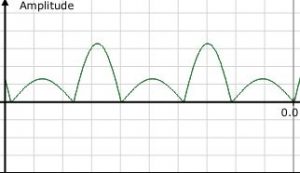
Here is another example where the upper part is inverted (+A<0) and the lower part is attenuated (-A=0). Notice how the middle part remains intact.
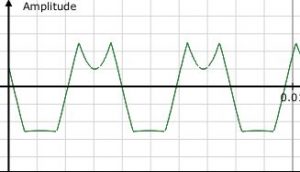
Hard Mode:
The waveform is divided into three parts. Upper and lower controlled by +A and -A. As in soft mode, any voltage above Div will be processed by +A and any voltage bellow –Div is processed by -A. This mode allows for very sharp edges to happen and will cause more powerful overtone harmonics to be generated. As a result, these overtones can easily go above the nyquist* limit, hence flipping back bellow and generating heavy aliasing. Which can be useful for dirty and distorted type of sounds.
As always, audible aliasing here can be controlled with oversampling. Though if the pitch is very high, one would need a higher order of oversampling. Here is an example of hard mode:
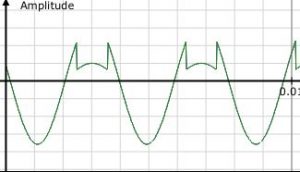
Note that the S607 has a manual pre-amplifier knob that processes the input before it is wave shaped.
It’s worth saying here that feeding very highly pitched sounds into a waveshaper does not make great sense even if the waveshaper was analog (or completely none-aliasing). This is because most of the useful overtones at this very high pitch would have gone ultra-sonic which makes them inaudible. You would basically end up hearing a few highly pitched sin waves!!. In this case, the sound of aliasing alone would probably be more interesting.
Usage ideas:
– Wave Rectifier: Put either +A or -A at +1 and the other one at -1. Put Div at 0.
– Distortion unit: Put the S607 after a filter. Set both +A, -A to 0 and Div to +1. Put Amp at minimum, then increase it until the distortion begins to happen. Increase Amp further or decrease Div to get more distortion. Change +A, -A and Div as desired. Experiment moving the cutoff of the filter with some resonance.
– Use two or three waveshapers in series to create more complex wave forms. Control all modules at once using CV with the S903 offset generator.
– LFO mangler: The S607 can equally be used to modify any low frequency waveform.
– Best input waveforms for waveshaping are low harmonic content waveforms like sin and triangle, or LP filtered sounds. But off-course any thing goes.
*Half the sampling (or oversampling) rate.

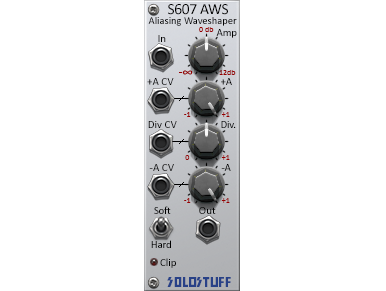
Reviews
There are no reviews yet.